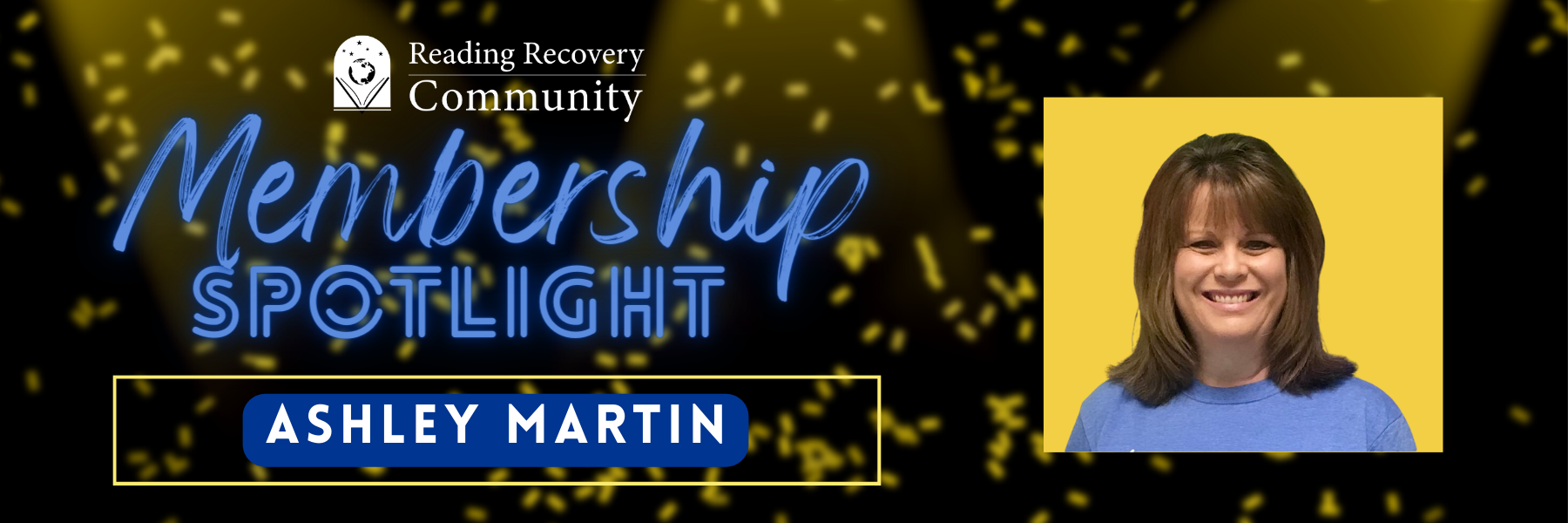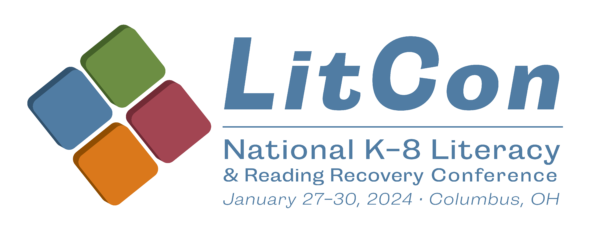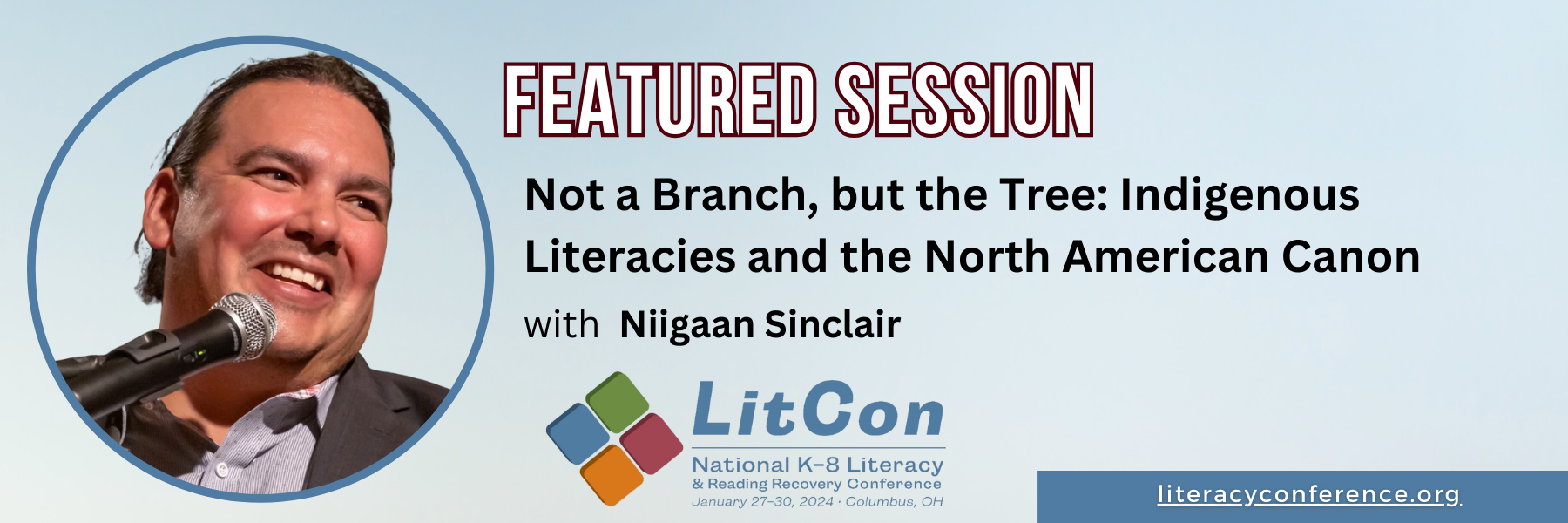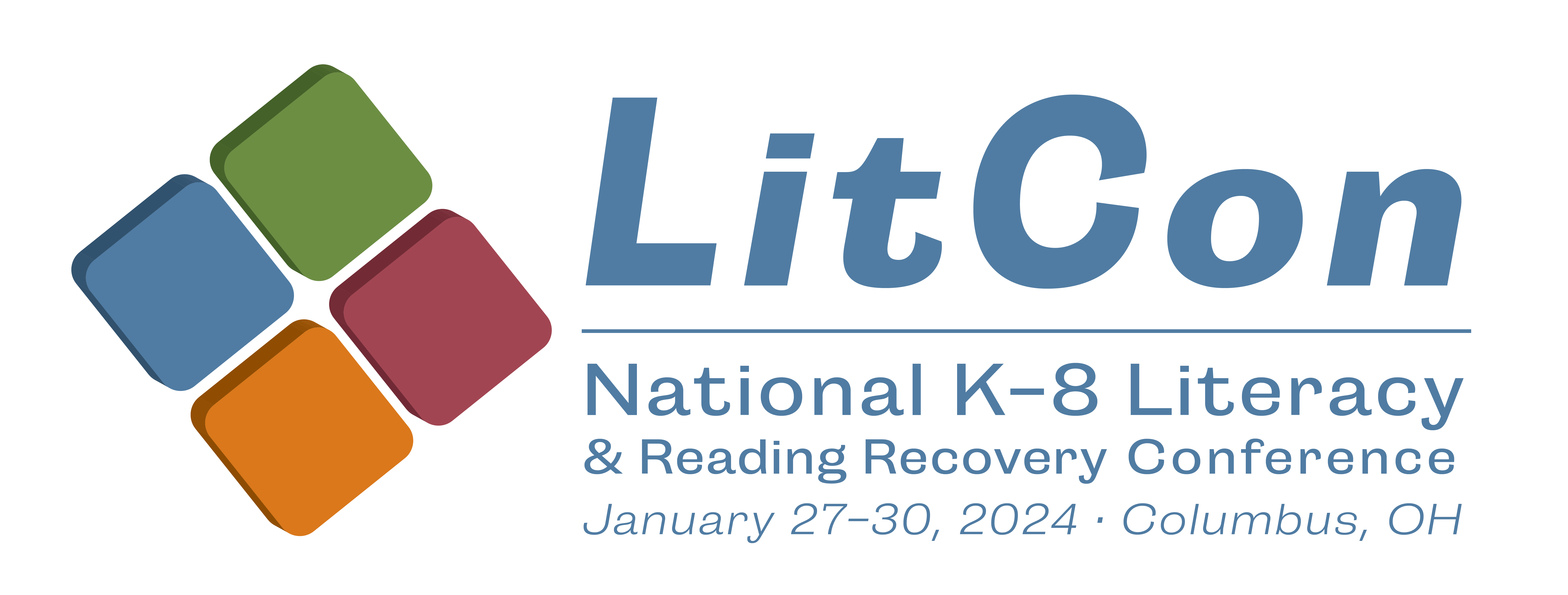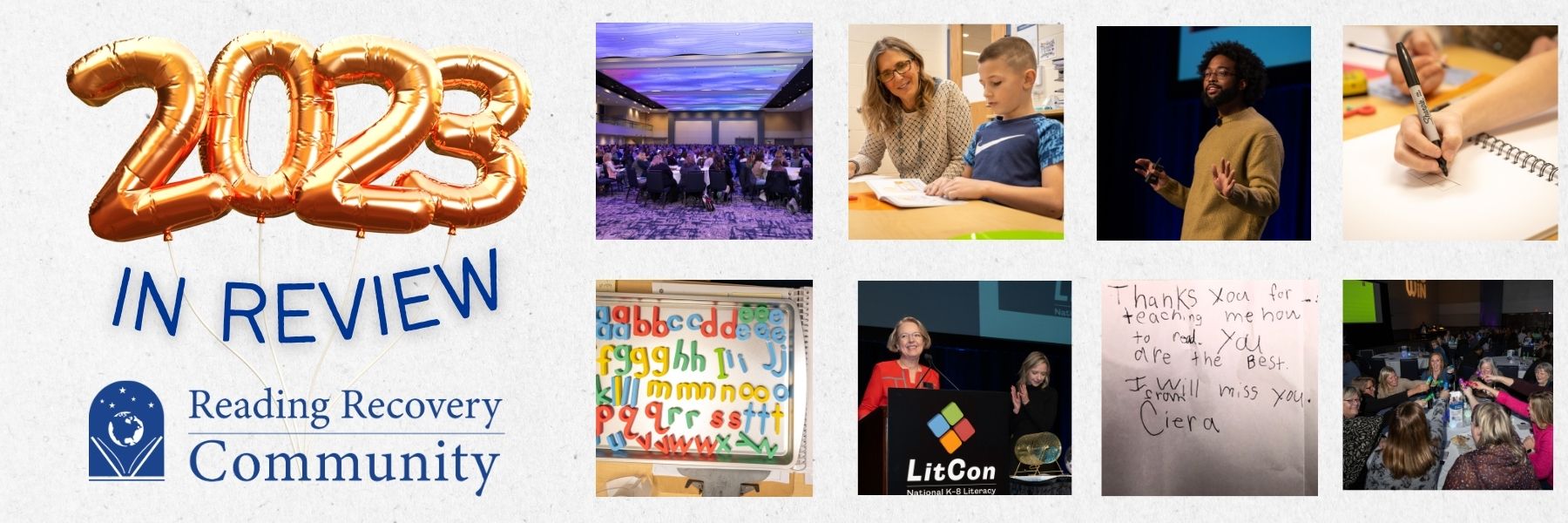Ohio releases its Approved Curriculum List, and the Deja vu is real
Just in time for Groundhog Day, history is repeating itself. But for those of you playing along and to refresh education’s collective long-term memory loss, let’s recap:
Established as part of the No Child Left Behind Act, Reading First was conceived as a six-year initiative aimed at fostering reading proficiency among students by the conclusion of the third grade. Six years and six BILLION dollars later, reading achievement moved, well, barely at all. As stated by a summary by the Center for Public Integrity: “An April 2008 study revealed the general ineffectiveness of Reading First and found that students in schools receiving funds for the program had no better reading skills than children in schools that did not.”
Fast forward to this week’s announcement of Ohio’s Approved Curriculum List. The new approved list – now decades later – includes many of the same players from the disastrous boondoggle that was Reading First. Suddenly, it’s deja vu all over again. Talk about ignoring the evidence.
If only humans could learn from past mistakes. If only DeWine had listened to the protests of many literacy researchers and educators before dismantling the ELECTED State School Board and replacing it with his hand-picked Department of Workforce and Education. Now Ohio is stuck with politically-backed toadies with carte blanche to choose one-size-fits-all programs that definitely do not fit all.
Even districts with the highest literacy achievement are being forced to change direction and implement one from the prescribed list. Does it make sense? No. Does it make profits for the prioritized publishers? You bet.
Unsurprisingly, people are angry. Even some Science of Reading activists, those who lobbied for politicians like DeWine to blow up well-rounded literacy instruction in schools, are perplexed at the choices announced. And veteran teachers who have served students through multiple pendulum swings in the Reading Wars can simply shake their heads and sigh, “Here we go again.” Many will choose to leave the profession, yet another devastating blow to public education’s teacher shortage.
Could we be entering the era of “Told ya so?” Probably, but that certainly doesn’t feel like a victory when tens of thousands of children have missed out on well-rounded literacy instruction.
So what’s next? We already know, because history has already told us: The prioritization and over-prescription of phonics will eventually be found – again —to produce better test-takers but worse readers, as is already happening in the U.K. after ten years of mandated structured literacy. People will lament the next generation’s disinterest in reading. People in power will remember why they reverted to Balanced Literacy before, and they’ll spend millions to reinstate it.
Until the next time.
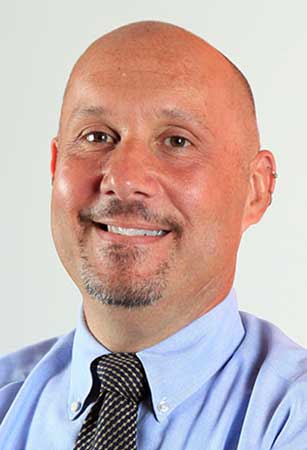
Dr. Billy Molasso is the Executive Director of the not-for-profit Reading Recovery Council of North America.


